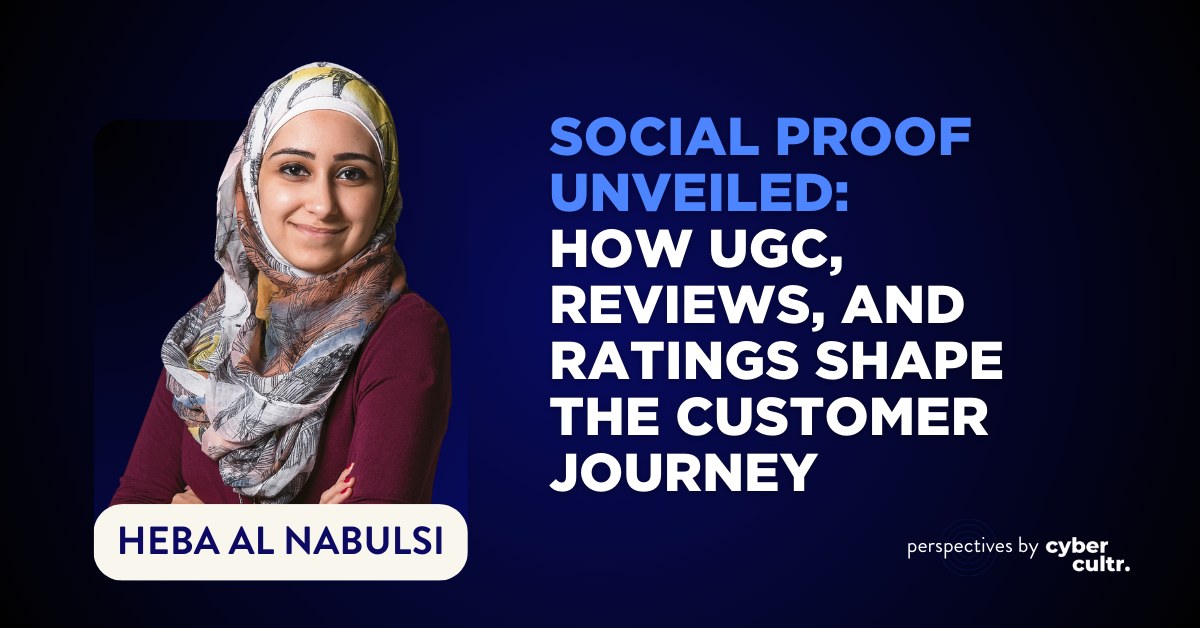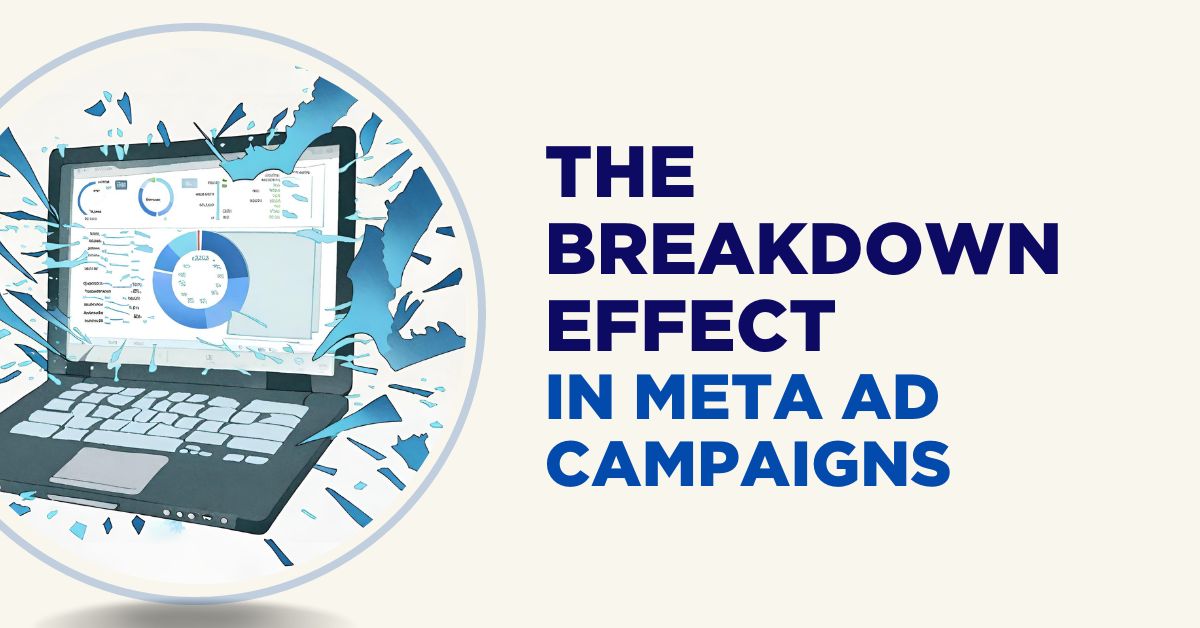In recent years, the use of cookies for tracking and targeting advertising has come under increased scrutiny. As a result, many companies are starting to consider the potential impact of a “cookieless” world on their content marketing strategies.
First, it’s important to understand what cookies are and how they are used in the context of content marketing. Cookies are small pieces of data that are stored on a user’s device when they visit a website. They can be used to track a user’s browsing activity and store information about their preferences and behaviors. This information is often used by marketers to target ads and content to specific users based on their interests and behaviors.
However, with the rise of privacy concerns and the implementation of stricter data protection regulations like the General Data Protection Regulation (GDPR) and the California Consumer Privacy Act (CCPA), the use of cookies has come under greater scrutiny. As a result, many companies are beginning to consider the potential impact of a cookieless world on their content marketing efforts.
One of the main challenges of a cookieless world is the loss of targeted advertising. Without the ability to track and target ads based on a user’s browsing activity, marketers will need to find other ways to reach their target audience. This means that content marketing strategies will need to focus more on reaching the right people through more general means, such as Search Engine Optimization (SEO) and social media marketing.
Another challenge is the loss of personalization. Cookies allow marketers to tailor content and messaging to specific users based on their interests and behaviors. Without this information, content will need to be more general and less personalized. This could potentially impact the effectiveness of content marketing efforts, as personalized content has been shown to be more effective at engaging and converting users.
So, how can companies adapt to a cookieless world and still effectively use content marketing to reach their target audience? Here are a few strategies to consider:
1) Focus on SEO:
With the loss of targeted advertising, it’s important to ensure that your content is easily discoverable through search engines. This means investing in SEO efforts to optimize your content for relevant keywords and phrases. By ranking highly in search results, you can increase the chances of your content being seen by the right people.
2) Leverage social media:
Social media platforms can be a powerful tool for reaching a large audience without the use of cookies. By building a strong presence on social media and regularly posting engaging content, you can attract and retain a loyal following of potential customers.
3) Use email marketing:
Email marketing can be a valuable tool for reaching and engaging with your audience without relying on cookies. By building a list of email subscribers and regularly sending them relevant, valuable content, you can keep your brand top-of-mind and drive conversions.
4) Utilize customer data:
If you already have customer data, such as email addresses and purchase history, you can use this information to create more personalized content and messaging. While this may not be as effective as cookie-based targeting, it can still help to increase the relevance and effectiveness of your content.
5) Experiment with new technologies:
As the use of cookies becomes less prevalent, new technologies are likely to emerge to fill the gap. Keep an eye on the latest trends and consider experimenting with new technologies that may be able to provide the targeting and personalization capabilities that cookies currently provide.
Conclusion:
As the use of cookies continues to decline, businesses are faced with the challenge of adapting their marketing strategies to a cookieless world.
Overall, the move towards a cookieless world will require content marketers to adapt and find new ways to reach and engage with their target audience. By focusing on SEO, social media, email marketing, and utilizing customer data, companies can still effectively use content marketing to drive business results.







